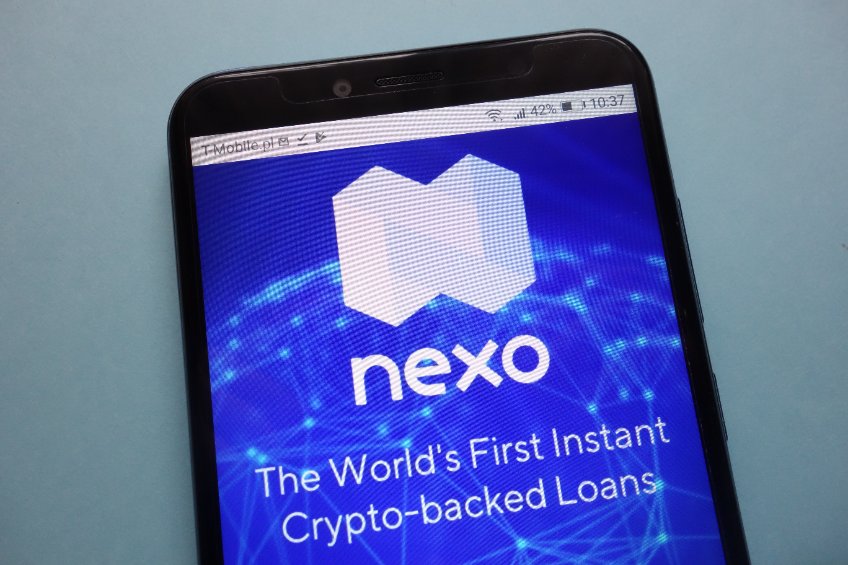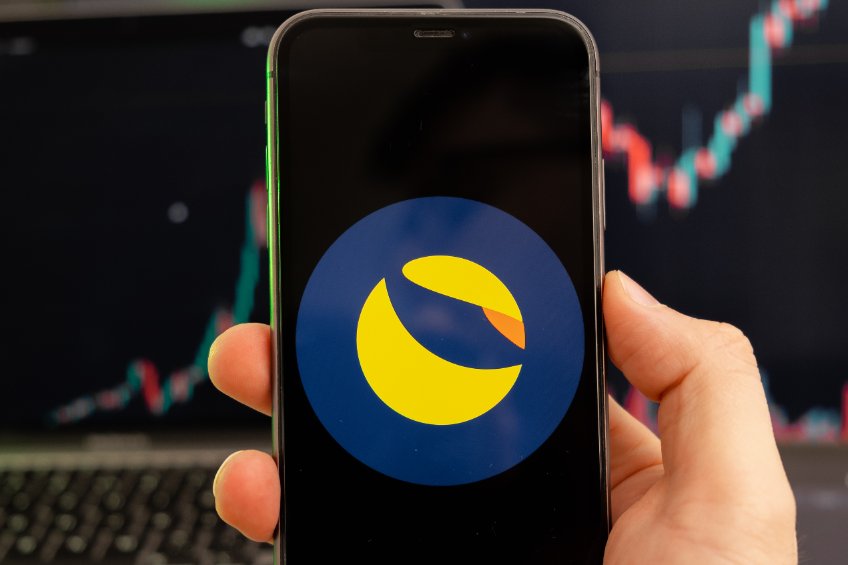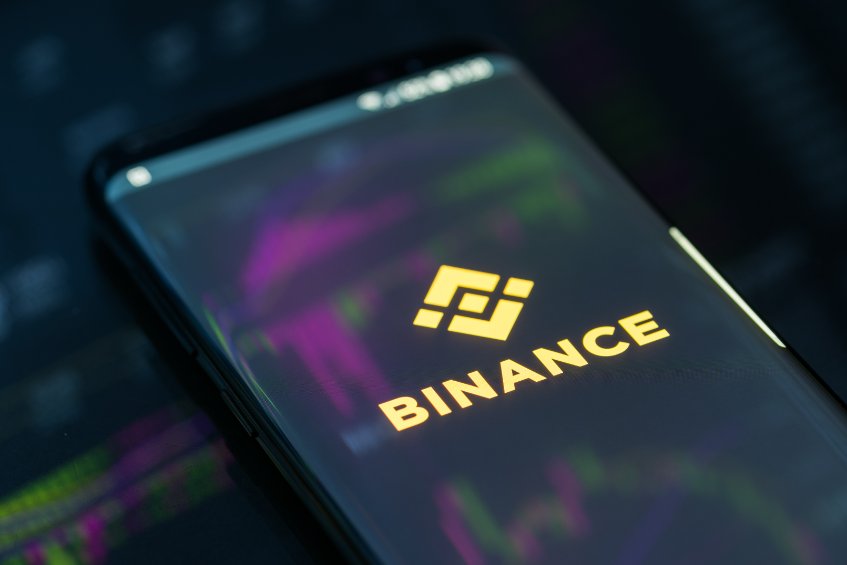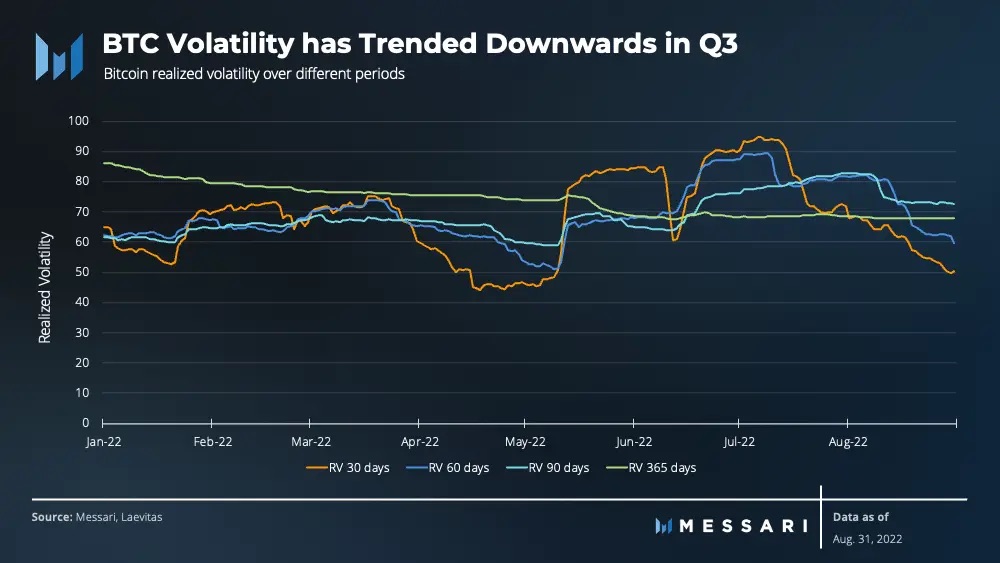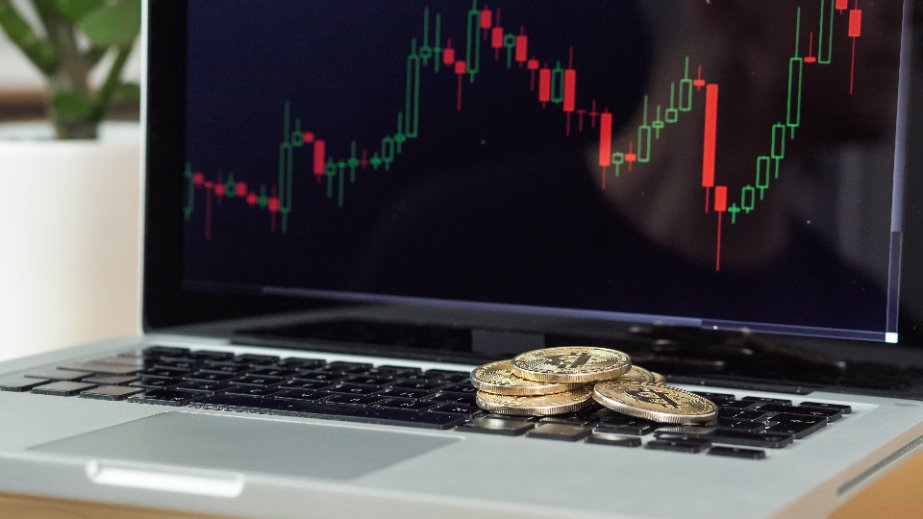
- Auros and Pyth Network have partnered to bring high frequency on-chain data to blockchains.
- The partnership will help advance the decentralised finance market, with better financial solutions for consumers.
Auros, an algorithmic trading and market making platform for cryptocurrencies, is teaming up with the Pyth Network to bring high-frequency pricing data to the oracle solution.
The partnership will see Pyth Network receive pricing data from Auros real-time high-frequency trading system. The data will be for a range of cryptocurrencies, the two firms noted in a press release obtained by CoinJournal on Tuesday.
Offering high fidelity data to markets
Pyth, a market leader when it comes to oracle solutions for latency-sensitive financial data, will tap into the Auros technology to deliver further institutional trading activity to multiple blockchain protocols.
3/
Combining the technological innovation that powers Auros high-frequency trading strategies with a unique partnership-based approach, Auros is redefining liquidity provision and sustainable growth in the digital assets space.
— Pyth (we’re hiring!,🔮) (@PythNetwork) September 27, 2022
Auros delivers high fidelity data derived from combining data from a wide range of sources, filtering for quality and accuracy.
According to the platform, this happens at sub-second intervals to give users pricing data that’s reliable. The market making platform has integrated over 60 exchanges, and accounts for over $1.5 trillion in cumulative trading volume.
Auros is the 70th publisher, or provider to join with Pyth Network.
“By sharing our high-frequency trading data with a truly on-chain decentralized network, we aim to foster innovation that will lead to better financial solutions for all participants. We expect the Pyth Network will become an invaluable part of a future decentralized financial system, and are delighted to be partnered with them on this mission,” said Ben Roth, co-founder and CIO of Auros.
Pyth currently provides aggregated market data for over 90 price feeds, with users spread across FX, crypto, equities and metals. The price feeds are also available for blockchains through Wormhole’s messaging protocol.
The platform has secured more than $25 billion worth of traded volume.
The post Auros to deliver high frequency crypto pricing data on Pyth Network appeared first on CoinJournal.

